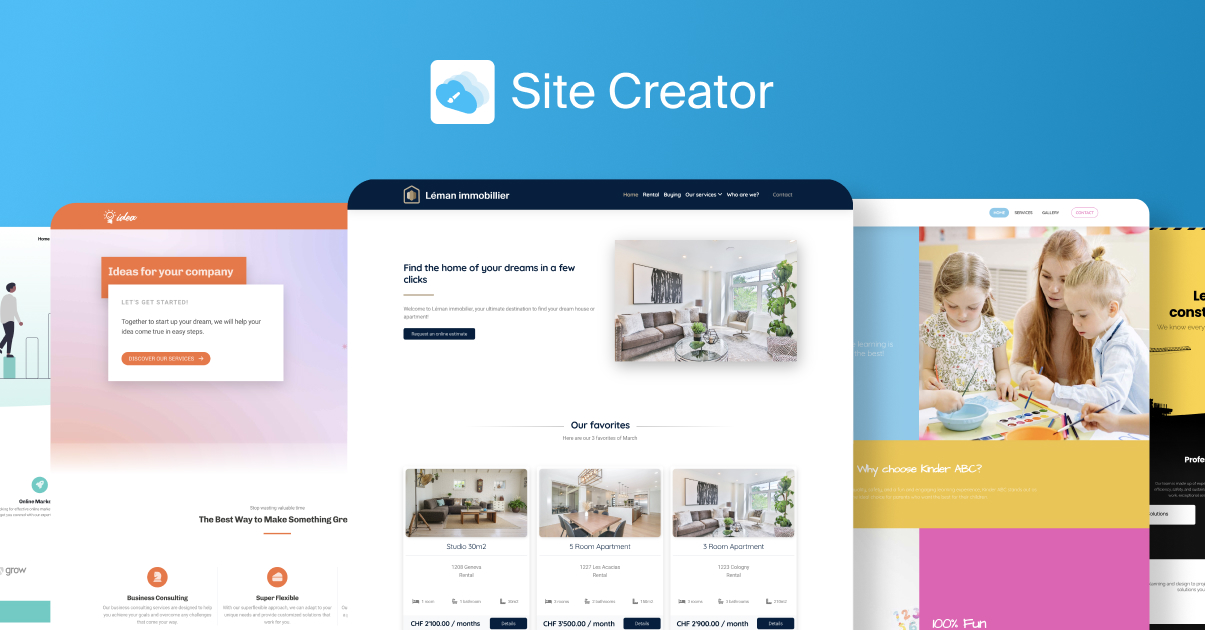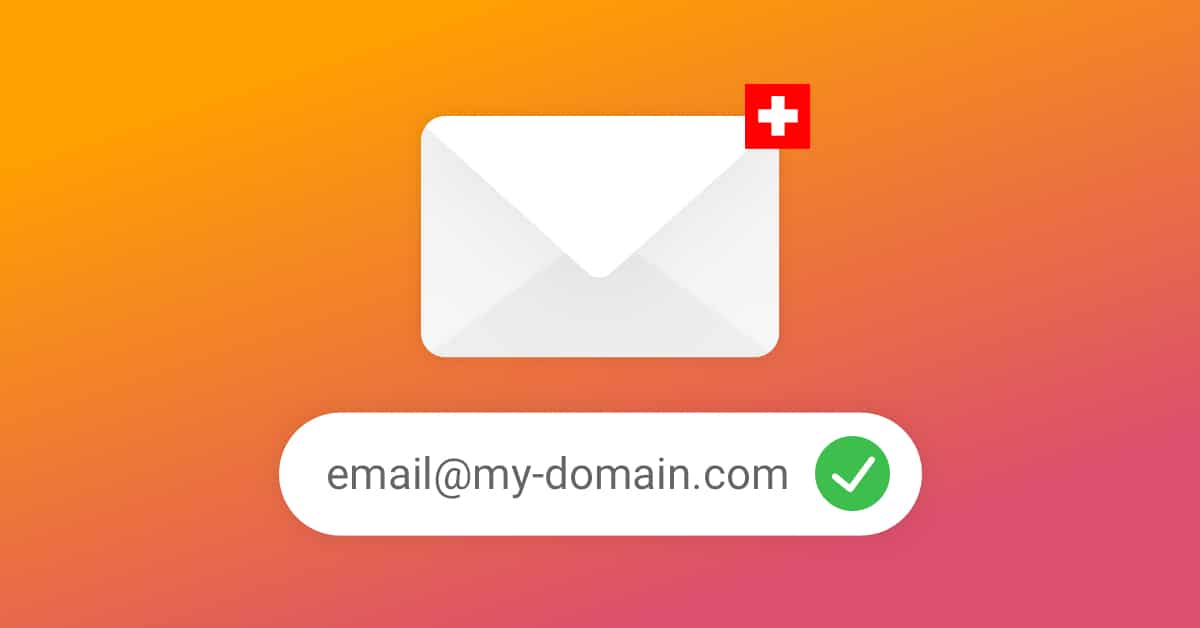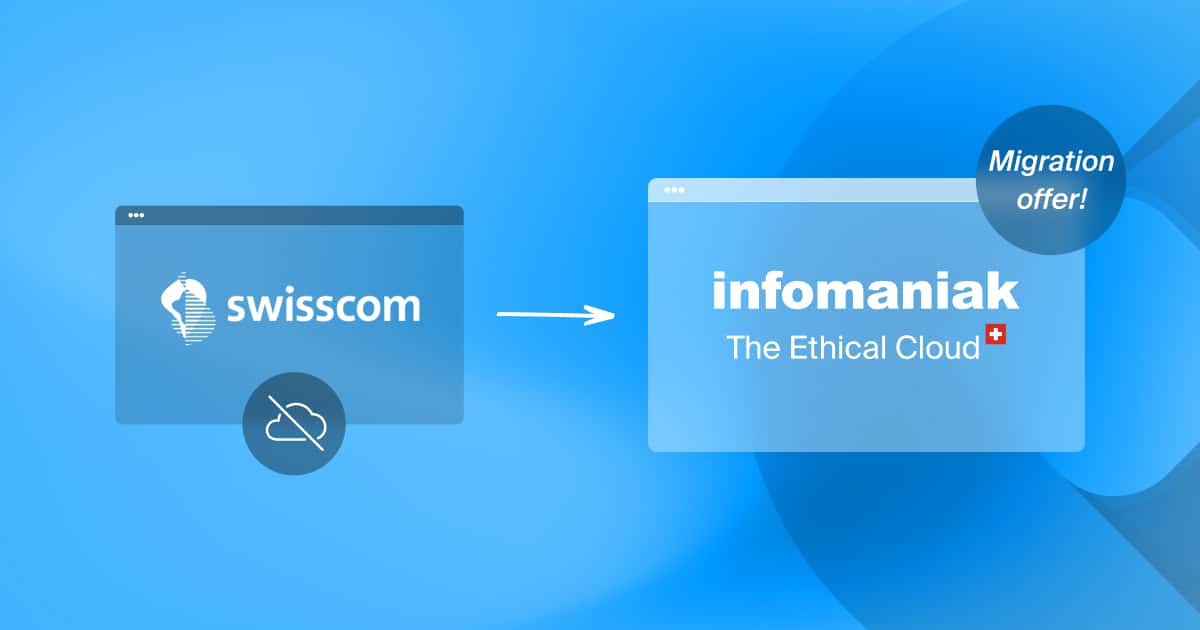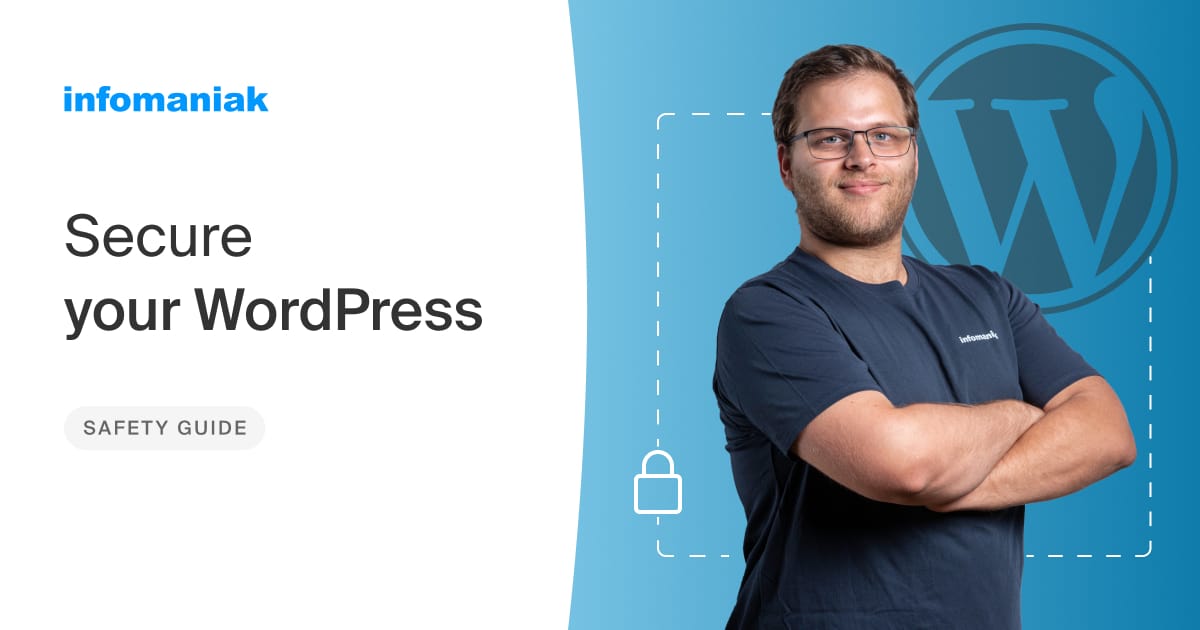The loading time for your web pages is an important factor in the user experience (UX) and in optimising your site for search engines like Google or Bing.
To optimise your web pages’ loading speed, you have two options:
- choose a more reliable web hosting
- reduce the amount of code to be loaded, cache the resources
- optimise the code, the SQL requests, etc.
As Infomaniak is one of the most reliable French-speaking hosting service providers (to find out more), this article will focus on two levers which are very easy to put in place to cache and reduce the size of the file to be loaded.
Is your site fast ? Take an overview
Before you optimise your site, it is important to check its global performance. There are several tools to measure and analyse which will help you to understand how the elements on your site are loaded.
These four measuring tools are currently used:
Compress static files and images
The first lever to reduce the size of files to be loaded by your visitors is to compress your css, html, json, xml, etc. files on the server before sending them to the web browser. That way you will drastically reduce the loading time for your site as well as the bandwidth consumed.
- By hosting your site with Infomaniak, it is very easy and fast to enable the compression of your website files: https://faq.infomaniak.com/2013
- What is more, you can also enable PageSpeed Tools with 1 click in order to automatically enable a cache system for your website files: https://faq.infomaniak.com/1341
The other lever for easily making a site load more quickly is to limit the images to be loaded and/or to compress them as much as possible without degrading their quality by doing so. As photos and images are the biggest files which take the most time to load, it is important not to neglect this job.
- You can easily optimise your images without losing anything with the online service IMAGIFY, or by using applications like ImageOptim (macOS), JPEGmini (fee payable), or FileOptimizer (Windows).
- As a general rule, favour JPEG format for photos and PNG for icons and images which contain text. The only advantage of the GIF format is the animations.
Use a CDN like CloudFlare
The aim of a CDN (content delivery network) is to cache and redistribute your website content locally. If your website attracts visitors from all over the world, installing a CDN will make loading faster and decrease your website’s response time for visitors based abroad.
Installing a CDN generally involves moving all your website traffic through it, and so entrusting it with your domain name’s DNS zone management. In our knowledge base, you will find a guide showing how to enable the free CloudFlare CDN on offer with a site hosted with Infomaniak:
- Enable CloudFlare: https://faq.infomaniak.com/2188
- Configure DNSSEC with CloudFlare: https://faq.infomaniak.com/2187
Other easy tips for optimising the speed of a website
- Use the latest version of PHP and MySQL
- Use the latest version of your CMS/Web Application (WordPress, Joomla, etc.)
- Limit the loading of resources hosted on other servers as far as possible (Like Box for Facebook, Google+ Badge, Twitter feed, Instagram photos, etc.)
To find out more
- Optimise a site designed with WordPress
- Optimise an online store designed with PrestaShop
- Discover our hostings and SSD servers
How to protect your online presence and manage your domain names properly
Wednesday November 29th, 2023

 Français
Français Deutsch
Deutsch Italiano
Italiano Español
Español




